I WANT
RELATED LINKS
I WANT
RELATED LINKS
RELATES LINKS
I WANT
RELATES LINKS
Services
Related Links
Use and Management of Cookies
We use cookies and other similar technologies on our website to enhance your browsing experience. For more information, please visit our Cookies Notice.
- Personal Banking
- Stories & Tips
- BUSINESS MAKER
- How restaurants can embrace changes to boost sales
- Personal Banking
- ...
- How restaurants can embrace changes to boost sales
How restaurants can embrace changes to boost sales
How restaurants can embrace changes to boost sales
17-08-2021
Many restaurants have been unable to stay in business in the wake of the COVID-19 pandemic, which has lasted almost two years now. However, some establishments have still managed to profit and expand. This article explores how two restaurant operators addressed the challenges their restaurants faced, managed their shops, and developed products to increase sales during a downward trend. Siruwat Chatchaval, Chief Commercial Officer – Thai Brand, Zen Corporation, the operator of Zen and Aka Japanese restaurants, and Parin Suksmith, the founder of Phoenix Lava and Curry of the Caribbean will share with us their secret tips for success in winning customers’ hearts and getting away from the crisis unscathed.
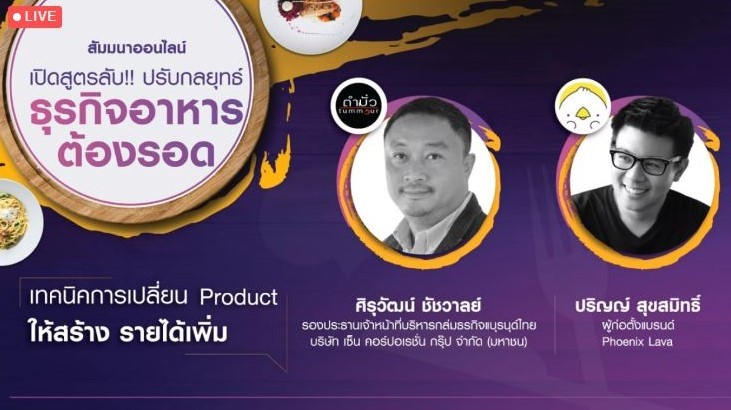
A first step into the restaurant business
Siruwat: I first worked as a creative in the advertising business for a while, and later wanted to start my own business. When I opened my first restaurant selling Somtum and I-san food, I rarely applied much creativity to my business, instead focusing on business concepts. For restaurants, food quality must be the priority to convince customers to keep coming back. But restaurant owners must oversee a restaurant’s overall operations and not just make good food. Fortunately, my background in advertising allowed me to adopt marketing approaches to boost my business. As an owner who didn’t know much about cooking, my main task was to control profit and loss, sales, customer service, food quality, and consistency. I needed to know how to set appropriate pricing, communicate with customers, maintain staff, and collect data on meals based on customer satisfaction and comments to improve our food quality and customer services. These are all important skills for restaurant owners.
Parin: I had wanted to start a business since my college days. I explored my preferences and searched for the right opportunity. Both my brother and I have always enjoyed eating desserts and snacks, so one day he asked me to start a food business. I thought about it for about six or seven months while working in Japan. I started with a single product, Lava Pao . At that time the Lava Pao trend was very strong, and it occurred to me that Salapao (steamed buns) was a product that people would buy repeatedly for different occasions and festivals. It is also easy to eat, with steamed buns being equivalent to Japanese onigiri or hamburgers. Nowadays half of our store's sales come from Lava Pao . When we started, we struggled a lot. We opened branches both in Thailand and overseas and later had to close many branches. Finally, I learned that a food business should offer more variety so that customers can come back every day. Following the closures, we launched a new business model with 14 branches currently open in Thailand.

Coping with COVID-19
Siruwat: The Zen Group has been greatly impacted, with sales down roughly by 80% because most of our locations are in department stores. Delivery has made up for about 20-30% of our previous sales. However, in the wake of the crisis the group’s Khiang brand has stayed strong, with sales at our 100 branches rarely affected by the COVID-19. We have shifted from a restaurant business to a food service selling retail, ingredient sales, raw materials, and franchising. This adjustment has allowed us to grow steadily. When the pandemic arrived we had to find a new way to do business. We couldn’t just open restaurants in shopping malls. Now we try open 5-6 new branches per month because in the long term they will be profitable. We can continue opening more branches because we understand the behavior of Thai people. With the lockdown, many people may think that delivery is the final solution. People can always buy food from nearby shops. Shop owners can also avoid the GP because if you set a cheaper price, you can’t afford to pay the GP fee. The expansion of Khiang brings two benefits, profit to operations and more options for customers. If we understand the market, we will know where to open a shop, optimal pricing, and how much investment will be needed to get going. During a downturn, we can still generate income. For every crisis, there will always be a hero, and Khiang is that hero for the Zen Group.
one product. We had to adjust our strategies by starting a delivery service using motorcycle taxis to deliver our Lava Pao . At that time, I couldn't figure out which model would be most suitable for our business so we just made adjustments from time to time. To our surprise, we found that our sales increased once the pandemic arrived. One of the reasons is because our business model had been redesigned to be a grab & go bakery where customers don’t spend much time at the shop and just pick up take-home orders. That turned out to be perfect for the COVID-19 era. In addition, the franchise business has seen growth during the pandemic. Previously, there were only two shops operating under the franchise. Therefore, we adjusted the model to continue with both franchises and our own shops. Sales have increased, particularly during the outbreak. Beginning in October last year we began focusing on promoting franchises, and now we are trying to expand by one franchise store per month.
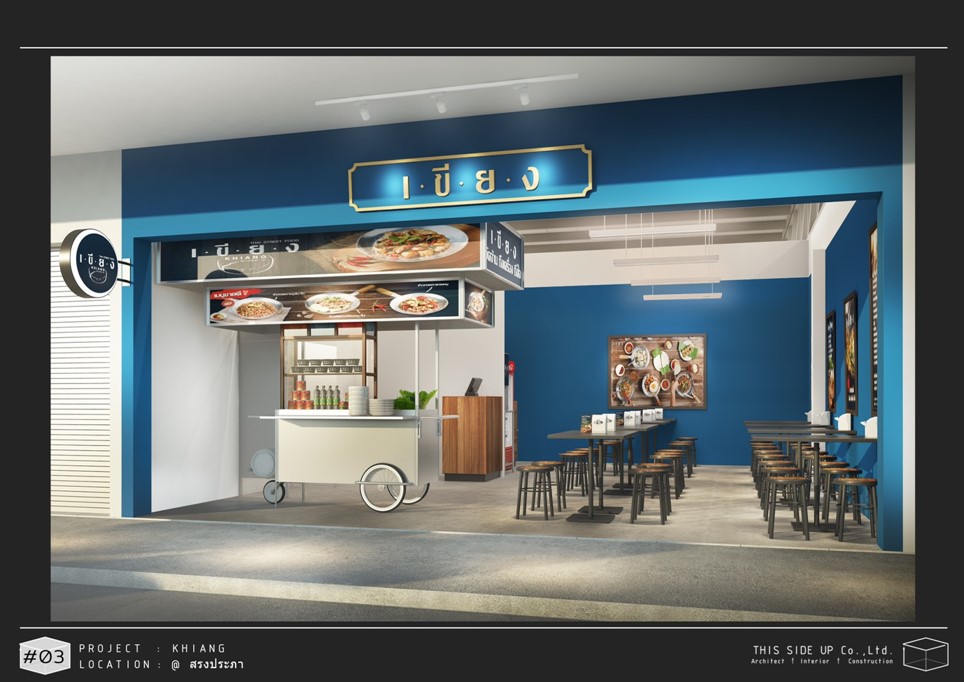
Products improvement to boost sales
Siruwat: I would like to raise an example from our AKA buffet restaurant chain. We introduced a Gyudon menu, but sales did not come close to pre-COVID levels. Also, at Tummour , we found that somtum must be served fresh, so delivery was not the answer. So, we decided to introduce bottled Jaew Bong (Luang Prabang Chili) and pickled fish for those making Somtum at home. Brand owners should first understand who their customers are and whether the food they serve is suitable for delivery. Some brands, like Khiang , are made for delivery. Therefore, we take them out of restaurants to save rental costs, and delivery riders can park their motorcycles right in front of the shop, making delivery faster and cheaper. Both buyers and sellers are happy. The more Khiang shops, the closer they are to customers.
Khiang has also launched a buy one, get one Thep Moo menu promotion to further increase its popularity. Why choose a best seller menu for a promotion? Because we focus on what our customers want. We want our campaign to get win-win results from customers. This is an outside-in concept. We may not make that much profit, but we must make sure that our customers are happy, not just eliminate old stock. We need to use our data to come up with strategies to turn a crisis into an opportunity. During this difficult period, we must also share with society. Customers will accept us if we support each other to survive. Solving problems in times of crisis must be done carefully and shouldn’t just rely on trends. We must analyze our business and how long the crisis will last to decide whether we should stay put or create new brands or new products. Developing a new product takes long planning, and if it can’t be launched in time we may waste time and money. The COVID situation looks like it will continue for a long time, so the restaurant business must adopt a mix of solutions for success.
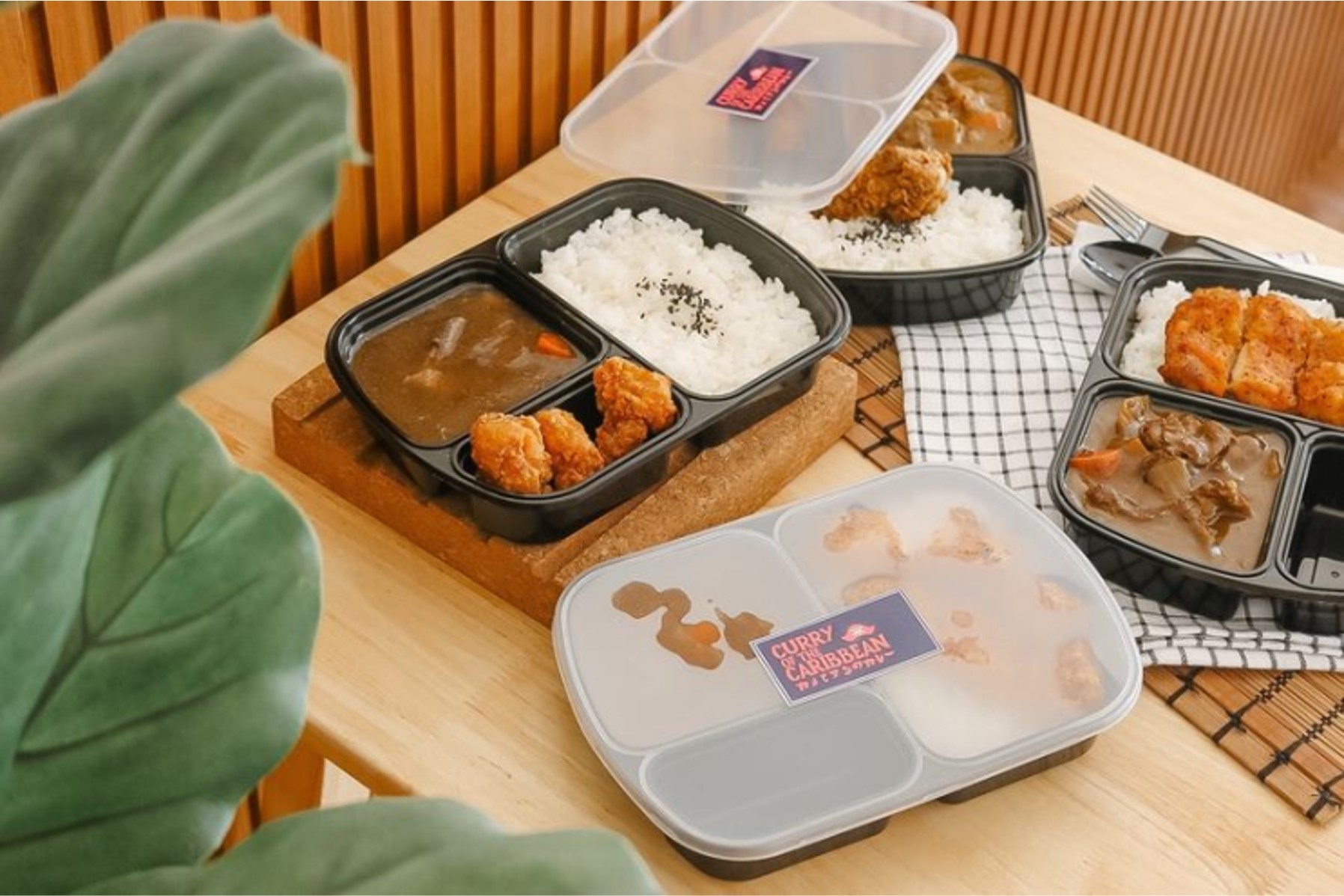
In search of an existing “hero” product for better sales
Parin: I think delivery platforms can solve pain points for restaurants concerning delivery. However, it is brand’s duty to ensure that customers will place repeat orders. I focus on digital marketing so that customers can click to order on the platform during the required period. For example, when Robinhood offers free delivery, the team will try to create a call to action on every digital platform to encourage customers to click the desired platform and identify popular delivery platforms in each area. However, we must do our best before hoping that delivery platforms will promote our shops because we don’t have a big budget to boost the visibility of our brand on delivery platforms. It is important to spend wisely on digital marketing or use Facebook groups to our advantage.
Suriwat: For me, expanding Khiang branches to get closer to customers allows them to eat freshly cooked food, which is more delicious than pre-made food. Therefore, location is the key to success. Khao Phad Kra Phrao is a basic meal enjoyed by everyone. I can’t rely on social media to promote my product, so I choose to put ads on billboards for increased visibility, instead of spending money on online media. Nice billboards in good locations can increase brand perception as well as social media buzz. First, we must analyze factors affecting our customers’ decisions, such as pricing. The grab & go concept allows customers to pay less because there is no GP fee.
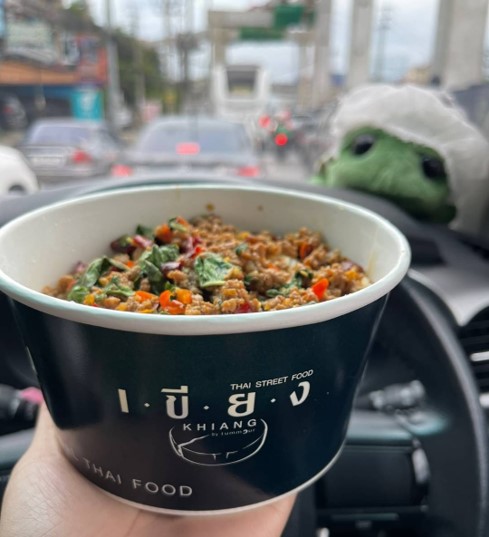
What if customers don’t come back?
Suriwat: No one wants to cook or dine out every day, so we must know how to get our brand to stay with customers. For example, we want them to think of Khiang when they want to eat Phad Kra Phrao . Don’t be afraid. We must understand customers and be their friends. If they want to cook, buy our sauce. Whenever they don’t want to wash dishes, they can come to us. We shouldn’t focus on business alone, but rather stand with customers during this difficult period so we can grow stronger together.
Parin: I think that customers want convenience. City dwellers don’t like to cook. The ongoing pandemic is a good time to explore and try other possibilities. For example, having ready-made ingredients that customers can buy for cooking at home is a good option. However, my Phoenix Lava may not suit that option as it’s too complicated for home cooking. But trying new alternatives is interesting.
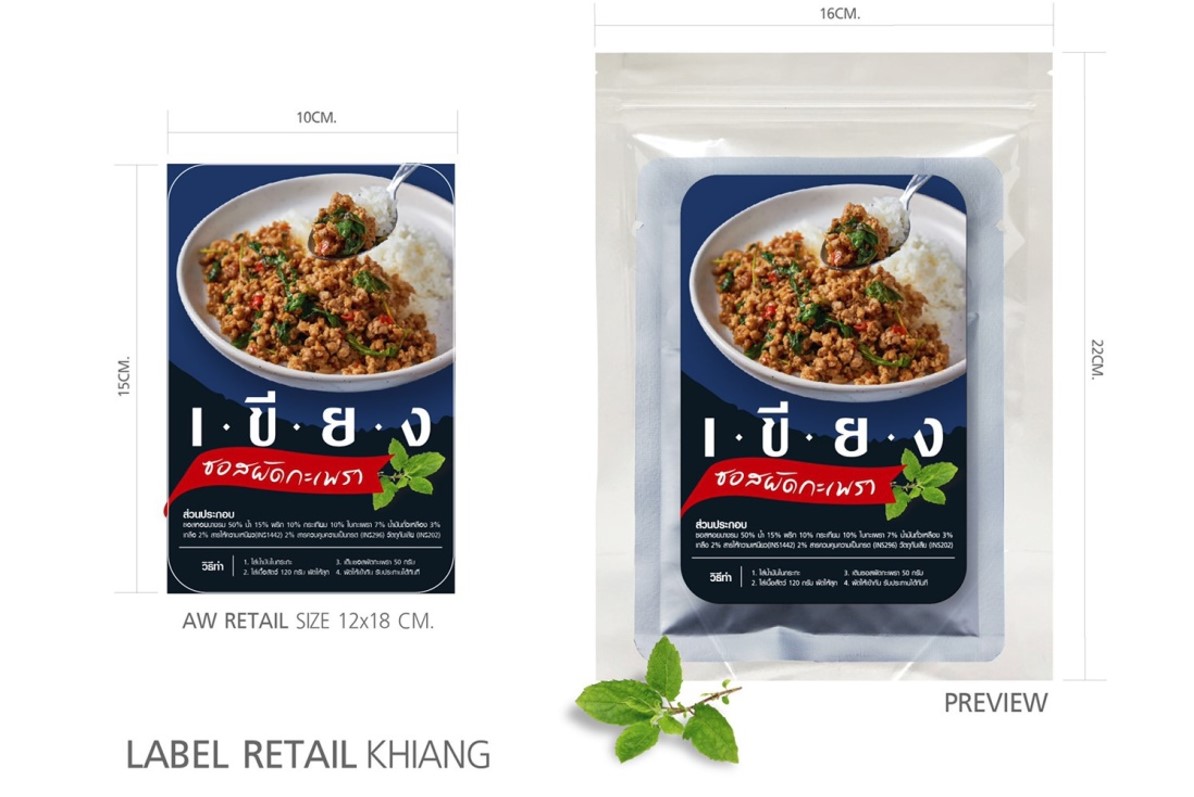
Distribution to reach more consumers
Parin: Phoenix Lava currently has 14 branches. One issue we are dealing with is how to make customers living outside the city buy our products at a lower price. During the COVID-19 outbreak, most newly opened branches were located out of town, such as in Rangsit, Salaya, or Nonthaburi. We try to take our shops closer to customers and let them order from their nearest location to save on delivery costs. Brands must minimize investment, such as reducing the size of their stores to provide customers with the lowest possible prices, while keeping food quality as good as ever.
Suriwat: We have opened more branches to serve customers. Everyone wants more convenience at a lower price. Business owners have to make good decisions on setting the right prices during this situation and learn what kind of food their customers want. Products must accentuate a brand's character. During a crisis, we need to find out how to offer free delivery. We must understand the situation, live with it, but find the best solution for customers to ensure that they remember our brands. If we remain in our customers’ hearts it will be easier to compete and survive.

How can you make a restaurant stronger?
Suriwat: Cash flow and cost reduction are the keys. Owners must know how long they can survive with the money in their pockets or how many employees they can keep. Once we know our expenses, we need to calculate our income to see whether it covers expenses. Then we must decide what we can cut to survive and make plans for several possibilities, such as the best or worst scenarios. We must have plans ready to tackle uncertainties. For example, the Zen Group has learned to go outside shopping malls and not just rely on delivery alone. We must also understand consumer behavior. Previously, when we operated a full dine-in option we didn’t really understand how delivery could work for us. But with COVID-19 we learned more about our customers. We understand that customers ordering from Khiang don’t want to wash dishes, so we use microwavable cups and stronger utensils to be easier for use with meat. We cut the marketing budget to focus more on the quality of raw materials, making better products. We’ve learned to live with the disease and not just wait around for it to end.
Parin: I talked to our team about the future of the food business. We are looking ahead and found that some models are not practical for this situation, such as a full-service café. If we want to stay in the food business for a long time, we must choose the right trend and adjust from opening large stores to smaller ones. Every store now has a smaller space with a different layout to cut unnecessary items while accommodating quicker sales. Now we have a 50:50 mix between grab & go and delivery. We’ve experimented with new models too. For example, going with other brands and using cloud kitchens to maintain a volume where we don’t have branches. We choose the best practical strategies for us to survive while making our costs lower, choosing the right models to offer good food and lower delivery costs.
There is always an opportunity in every crisis. It’s up to us to spot those opportunities so that we can survive. Business owners must truly understand their customers’ needs to adjust their strategies and not just follow trends. Every brand is different and must adapt to survive and not just wait for the crisis to pass. Several plans are available to accommodate any situation and can be deployed immediately. In difficult times, we must have empathy and make our customers a priority without sacrificing our business. Businesses and customers must survive together. Restaurants requiring assistance and support during the COVID-19 situation can contact SCB for a 2% rehabilitation loan. Learn more at
https://www.scb.co.th/th/sme-banking.html
Source: "Secret Recipe to Adapt and Survive” webinar on the topic of "How to Increase Sales through Robinhood" by SCB SME, held on Tuesday, 10 August 2021.
